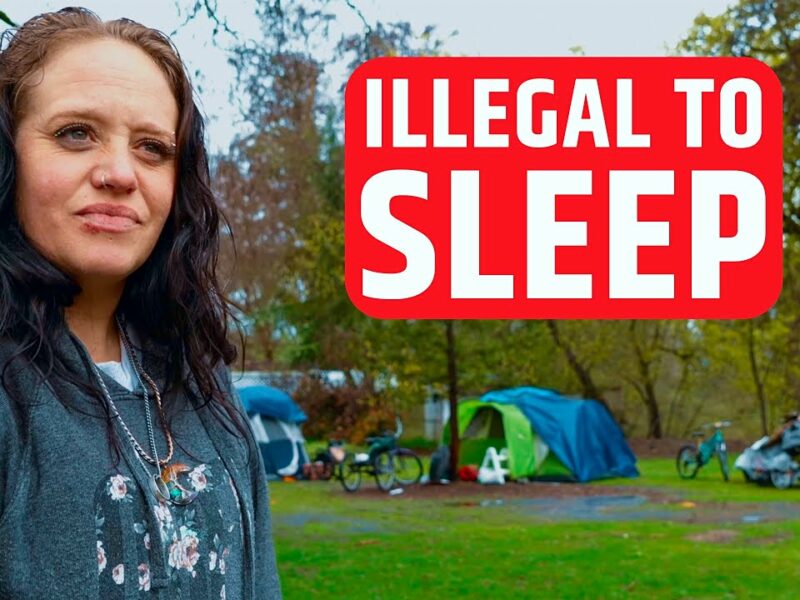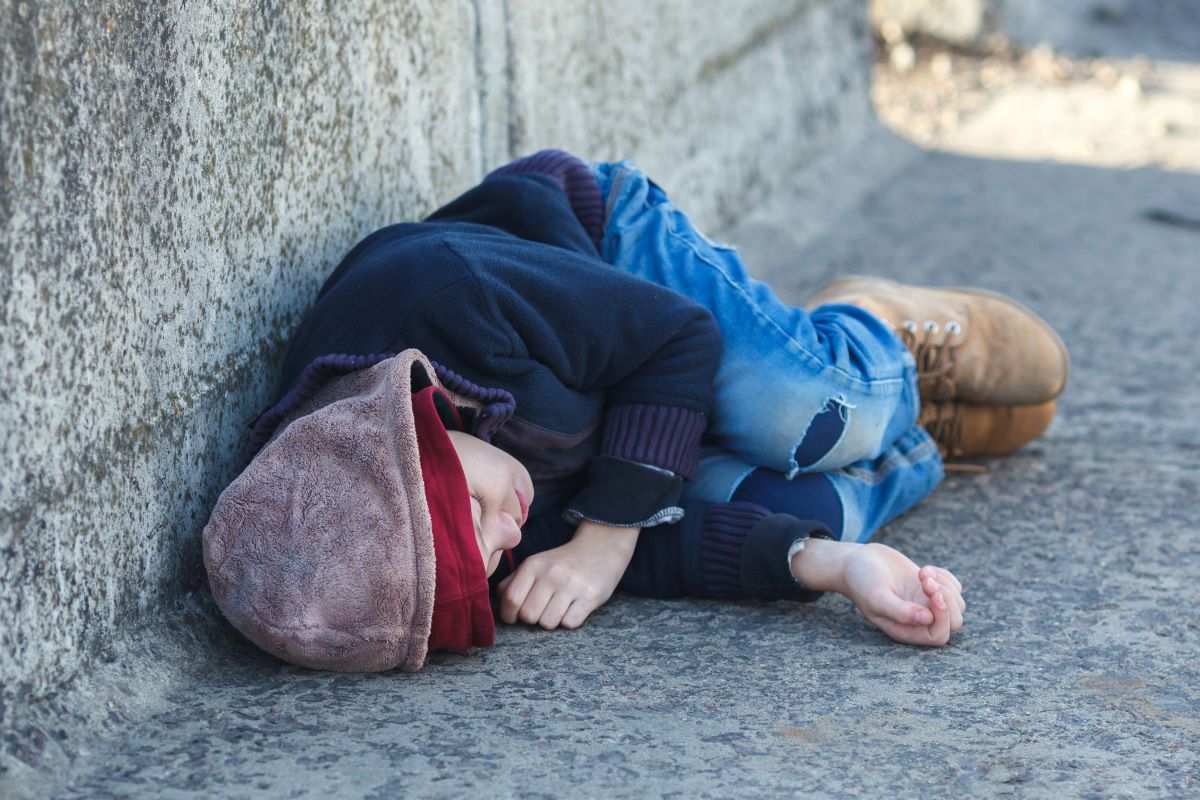After falling to a historic low of 5.4% in 2021, child poverty rates increased to 12.4% in 2022, the largest year-over-year increase on record, according to new census data. The increase itself is noteworthy and is an important reminder that child poverty is a policy choice.
The spike in child poverty rates is due to the expiration of the Child Tax Credit, which President Joe Biden expanded in 2021 under the American Rescue Plan Act. The expansion increased the maximum credit to $3,000 per child under 17 and $3,600 for children under six. It also included the nearly one-third of children that were not included in its pre-pandemic iteration, according to an analysis from Columbia University’s Center on Poverty & Social Policy.
The CTC “increased family incomes overall, reduced food insecurity and financial strain, helped families buy food, cover essential expenses, and invest in child-related items and services such as childcare and education, and did so without disrupting parental employment,” Columbia University’s analysis found.
But Congress allowed the expanded program to expire at the end of 2021 because of objections by Republicans and Democrat Sen. Kyrsten Sinema of Arizona. That choice wasn’t surprising to some advocates because it only served to reinforce the point that the U.S. is choosing to impoverish children.
“We should not be surprised by the outcomes that follow from subjecting children and families to chronic deprivation,” Nikhil Goyal, a former senior policy advisor for Sen. Bernie Sanders, wrote in an op-ed for the New York Times.
Goyal recently published an eight-year ethnographic study of Kensington, one of Philadelphia’s poorest neighborhoods, in a book called “Live to See the Day: Coming of Age in American Poverty.”
The study found that people who grow up in poverty face much lower life expectancy than those in wealthy neighborhoods and are more susceptible to socio-economic shocks like the COVID-19 pandemic.
All these impacts could be mitigated with carefully crafted public policies, Goyal argued. And states like New Mexico, Colorado, and Illinois that have enacted programs to address the cost of childcare and early childhood education show how governments can meaningfully reduce poverty.
“The government has a choice here. It can deliver cash transfers, enact public goods and establish a floor of livelihood where nobody suffers from poverty or want — or it can allow children and families to go hungry, unhoused, indebted and abandoned on the altar of the market,” Goyal wrote. “It is time to once again use our immense power and resources to reduce suffering and save lives.”
Devon Grey, the president of the nonprofit End Poverty in California, wrote in an op-ed for CalMatters that false narratives about poverty “enable harmful policy decisions” like allowing the expanded CTC to expire.
One of the most harmful narratives is that poor people don’t deserve help because they are “fundamentally flawed and less responsible” than others, Grey argued. He pointed to Democrat Sen. Joe Manchin’s opposition to the CTC, where Manchin said he was worried that families who received the money would spend it on drugs.
Instead, research from the Annie E. Casey Foundation found that 65% of recipients spent their money on food while another 40% spent money on utility bills.
Another harmful narrative about poverty is that support programs foster dependency, according to Grey.
Even though the Center for Budget and Policy Priorities found that 95% of CTC recipients participated in the workforce, that narrative exists. Many other households were also ill or disabled, elderly, or had a child under two years old.
To Grey, this shows that “false narratives are stronger than facts.”
“This is a pivotal moment to change direction and upend these false narratives,” Grey wrote. “Policymakers should spend time in poor communities to learn from people who are the experts on their own lives. People of goodwill should push back on those who shame people in poverty and instead shame those whose decisions actually drive poverty, like Sen. Manchin and every single Republican responsible for doubling the child poverty rate.”
How You Can Help
The pandemic proved that we need to rethink addressing homelessness in the U.S. It also showed that aid programs work when agencies and service organizations have sufficient funds and clear guidance on spending.
Contact your representatives and tell them you support keeping many of the pandemic-related aid programs in place for future use. They have proven effective at keeping people housed, which is the first step to solving homelessness.













